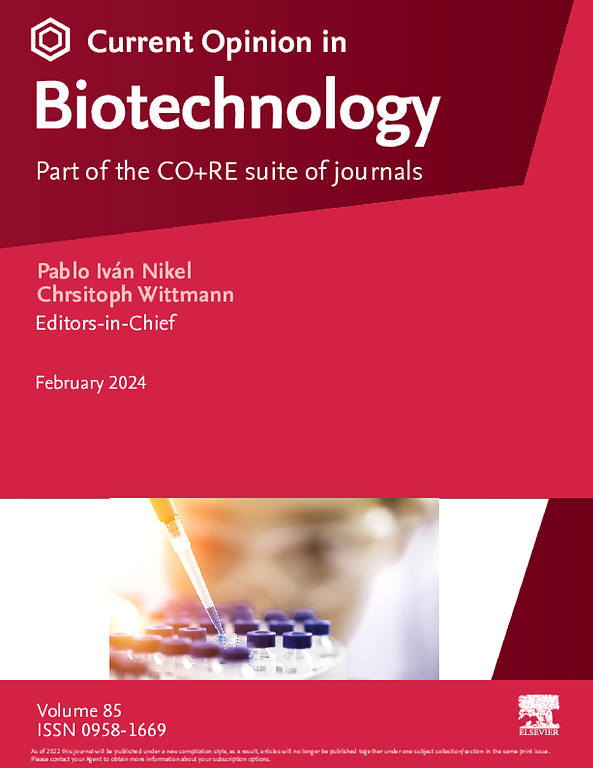Tissue engineering in the agri-food industry: current status, socio-economic overview and regulatory compliance
IF 7.1
2区 工程技术
Q1 BIOCHEMICAL RESEARCH METHODS
引用次数: 0
Abstract
The growing global demand for sustainable and safe food is a major challenge that increases the need for advanced alternatives such as tissue engineering (TE). TE offers promising solutions by improving yields, nutritional value and resilience of crops while also producing cultivated meat that reduces the environmental impact of livestock farming. The market potential for TE in meat production is considerable, and significant growth is expected. However, the regulatory framework for these innovations is developing slowly, and approval procedures vary across regions. This overview critically assesses the current applications of TE in the agri-food sector, their socio-economic potential and the regulatory challenges. It emphasises the need for harmonised, flexible and adaptive policies to effectively integrate engineered foods into the market.
农业食品工业中的组织工程:现状、社会经济概况和合规性
全球对可持续安全食品日益增长的需求是一项重大挑战,这也增加了对组织工程(TE)等先进替代品的需求。组织工程技术通过提高农作物的产量、营养价值和抗逆性,同时生产可减少畜牧业对环境影响的栽培肉类,提供了前景广阔的解决方案。组织工程技术在肉类生产中的市场潜力巨大,预计将出现大幅增长。然而,这些创新技术的监管框架发展缓慢,各地区的审批程序也不尽相同。本综述批判性地评估了 TE 目前在农业食品领域的应用、其社会经济潜力和监管挑战。它强调需要制定统一、灵活和适应性强的政策,以便将工程食品有效地融入市场。
本文章由计算机程序翻译,如有差异,请以英文原文为准。
求助全文
约1分钟内获得全文
求助全文
来源期刊

Current opinion in biotechnology
工程技术-生化研究方法
CiteScore
16.20
自引率
2.60%
发文量
226
审稿时长
4-8 weeks
期刊介绍:
Current Opinion in Biotechnology (COBIOT) is renowned for publishing authoritative, comprehensive, and systematic reviews. By offering clear and readable syntheses of current advances in biotechnology, COBIOT assists specialists in staying updated on the latest developments in the field. Expert authors annotate the most noteworthy papers from the vast array of information available today, providing readers with valuable insights and saving them time.
As part of the Current Opinion and Research (CO+RE) suite of journals, COBIOT is accompanied by the open-access primary research journal, Current Research in Biotechnology (CRBIOT). Leveraging the editorial excellence, high impact, and global reach of the Current Opinion legacy, CO+RE journals ensure they are widely read resources integral to scientists' workflows.
COBIOT is organized into themed sections, each reviewed once a year. These themes cover various areas of biotechnology, including analytical biotechnology, plant biotechnology, food biotechnology, energy biotechnology, environmental biotechnology, systems biology, nanobiotechnology, tissue, cell, and pathway engineering, chemical biotechnology, and pharmaceutical biotechnology.
 求助内容:
求助内容: 应助结果提醒方式:
应助结果提醒方式:


